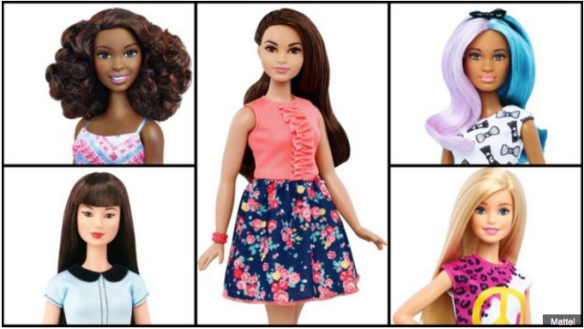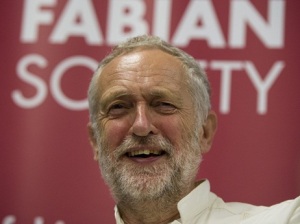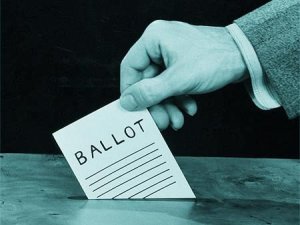
After Top Gear’s stalled return to BBC Two, the corporation now finds itself on the wrong end of the commercial realities of life in BakeOff-gate as one of the jewels in the British broadcasting crown departs its home at the BBC for the brave new world of Channel 4.
Well, at the least that’s what it should be. Expletives are probably flying and the crisis management PR plan being dusted off as the reaction to the decision by Love Productions to move The Great British Bake Off is anything but what they would have wanted or probably expected.
Aside from the underlying sense that Bake Off has been unfairly moved from the home that has helped to nurture it into the televisual phenomenon it has become, the decision by presenters Mel Giedroyc and Sue Perkins to leave the show (and at the time of writing the lack of confirmation from Paul Hollywood and Mary Berry) risks removing both the personalities and the characteristics that define the programme. As one pundit mused, without Mel & Sue, Channel 4 may have just paid £25 million for little more than a tent and some kitchen equipment.
So much that defines the Bake Off brand – at least in the UK – is encapsulated not just in the four key personalities, but also the way they interact with each other, that losing the presenters let alone the judges too could leave Channel 4 with a show that is a pale imitation of the brand in its present form.
And herein lies the lesson. There’s more to a brand than simply the product or the service you provide; there’s the way you deliver it. Any broadcaster can produce a show about baking but there’s no guarantee, however technically good it is, that it will deliver the magic of Bake Off.
Step back from your brand and identify the elements that make it what it is – the intangible as well as the tangible. It’s as important to nurture the intangible, develop the brand’s personality and protect the elements that make your business stand out as it is to ensure that the actual product or service you deliver is up to speed. The challenge then is to bring that magic through in all of your marketing activity – the kind of promotions, events or campaigns you conceive; the content that you create across your social platforms, and the tone of voice that your brand adopts in engaging with its customers.
Without that magic, your brand is at risk of being just another me-too; another batch of dough that fails to rise. And when there’s awesome bread to taste, nobody remembers the dough that doesn’t rise.
Ends.
 It’s been an interesting few days in the toy world. First we learned that Barbie was to get three new body types this year with her manufacturer, Mattel, adding “tall, curvy and petite” body shapes to its Barbie line-up as well as several skin tones, eye colours and hairstyles. Then we discovered that Lego is to sell its first mini-figure in a wheelchair following online petitions and calls for toymakers to provide positive depictions of those with disabilities. Mattel said that the new Barbies would “offer girls choices that are more reflective of the world they see today”. We await with interest whether a new range of Kens is to be made available with a Dad-bod.
It’s been an interesting few days in the toy world. First we learned that Barbie was to get three new body types this year with her manufacturer, Mattel, adding “tall, curvy and petite” body shapes to its Barbie line-up as well as several skin tones, eye colours and hairstyles. Then we discovered that Lego is to sell its first mini-figure in a wheelchair following online petitions and calls for toymakers to provide positive depictions of those with disabilities. Mattel said that the new Barbies would “offer girls choices that are more reflective of the world they see today”. We await with interest whether a new range of Kens is to be made available with a Dad-bod.






